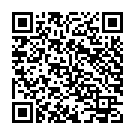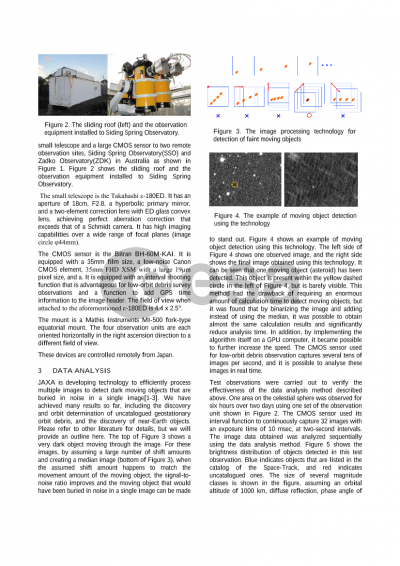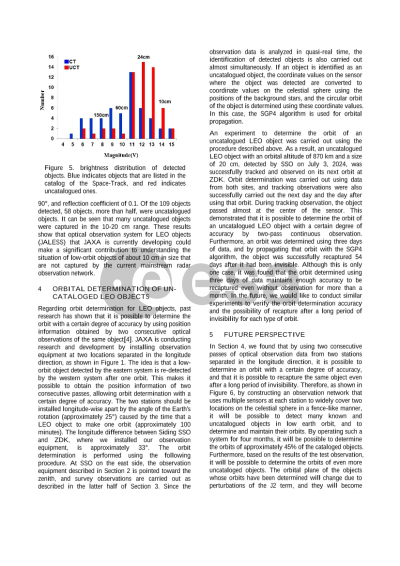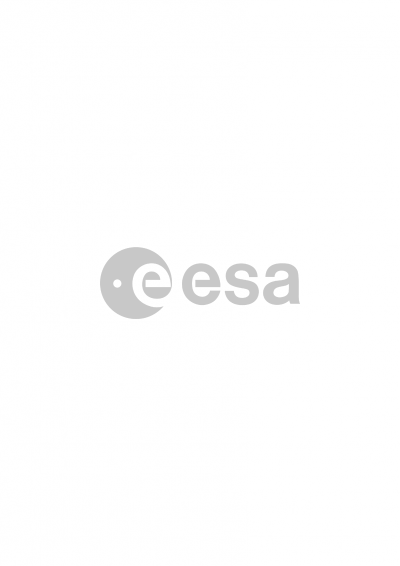Document details

Abstract
Observation technologies have been developed at the research and development directorate of JAXA for a long time. Especially, the image-processing pipelines to detect very faint objects have accomplished numerous outcomes on the detection of space objects and the near earth objects. The large CMOS sensors that are suitable for fast moving LEO objects, become available recently. On top of that, GPU machines which enable us to analyze the data on real time basis are also available. Observation technologies for LEO objects will be enhanced using these items. Two remote observation sites using CMOS sensors have been established for LEO debris observation in Australia. The data analysis pipeline for Tomo-e Gozen camera, which contains 84 CMOS sensors and was installed at Kiso Observatory, are also being developed. Detections and orbital determinations of LEO objects including un-cataloged objects will be possible using the data from these observation sensors. We are now developing JALESS (JAXA LEO Survey System) that will carry out the survey, the tracking observation, the orbital determinations and the maintaining the orbits automatically. The pipeline for the LEO survey for one site and tracking of detected un-cataloged LEO objects for other sites was established. We conducted the test observation using two remote observation sites in Australia. Some of un-cataloged LEO objects detected in the site located on east side of Australia were successfully tracked at other site located on west side of Australia after one cycle of the orbit. The precise orbital determinations were carried out using the data from both sites. The determined orbits were propagated to the future and confirmed that the orbits are accurate enough to redetect the objects next a few days. We also tested the persistence of the orbits determined using a few days’ data. One of un-cataloged objects with the size of 20cm in altitude of 900km was successfully redetected about 50 days later by using the orbit. We confirmed the usefulness of the basic idea of JALESS. We will improve it to more automatic one in the near future.
Preview






